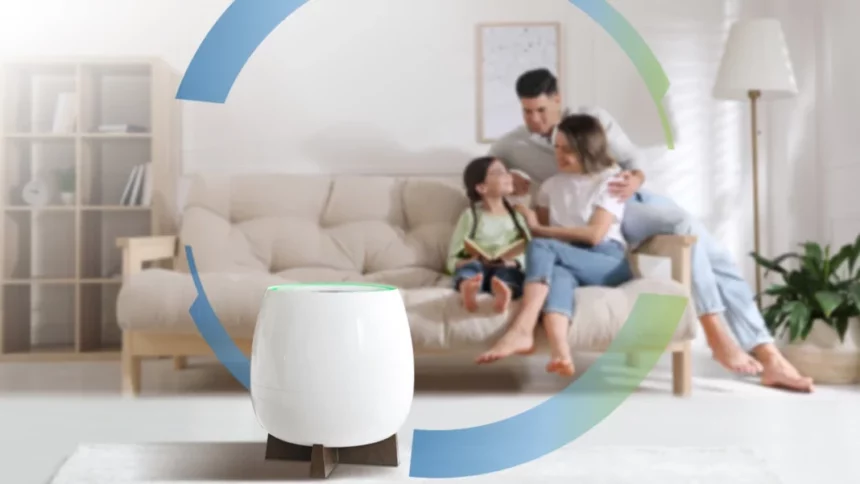The number of people worldwide who suffer from allergies are shockingly high with more than 50 million people suffering in America alone. This rising trend of allergy sufferers that has happened over the last two decades are especially problematic in children. Some of the affected suffer from short term allergies but the impending concern is that an ever growing number of the sufferers are experiencing chronic, year round allergic reactions. According to World Health Organization (WHO) statistics, hundreds of millions of subjects in the world suffer from rhinitis and it is estimated that 300 million have asthma.[1]
According to the Asthma and Allegry Foundation of America:
- Worldwide, allergic rhinitis affects between 10% and 30% of the population.
- Odds that a child with one allergic parent will develop allergies: 33%.
- Odds that a child with two allergic parents will develop allergies: 70%.
- There are no cures for allergies. Allergies can be managed with proper prevention and treatment.
- According to WHO estimates, 235 million people suffer from asthma
Airborne allergens are one of the most common causes for allergic reactions. Since the Environmental Protection Agency of US has researched and concluded that most people spend up to 90% of their day in indoor environments it is essential to examine the air inside the home to identify what could be causing chronic problems for your family. Some of the most common airborne triggers include:
- Mold
- Bacteria
- Pollen
- Dust Mites
- Pet Dander
- Bugs & Rodents
- VOCs and Formaldehyde
- Smoke & Particulates
One of the most common chronic allergies symptoms is hay fever, medically known as rhinitis. This results in the inflammation of the nasal membranes resulting in reactions such as itchy throat, watery eyes, runny nose, breathing congestion and sneezing. This is the most common seasonal chronic disease affecting millions of people worldwide.
Allergies of different natures affect us and our loved ones. This irritating and long term health hazard is something many of us have to live with due to the wide prevalence of environmental pollution, both outdoor and indoor.
So how can you improve the indoor air quality in your home?
Stopping or reducing exposure to the root causes of allergic reactions is the answer. While we often cannot control the environmental pollution outdoors, maintaining indoor air quality is within our control.
Here are some tips that will help:
- Improve the indoor air quality by getting rid of the source of pollution.
- Increase the amount of ventilation in the house.
- Use air purifiers
- Regularly change the air filters of your air purifier.
- Eliminate sources of mold and other microbial contaminants
- Use a vacuum cleaner with HEPA filtration.
These are just a statistics about allergies that we need to know and tips that can help you reduce allergens in your home. In addition to causing allergies, many of these same triggers can cause asthmatic attacks. Good indoor air quality in our homes, schools and places of business helps us reduce the negative health effects, costs associated with illness and improves our quality of life.
If you suspect you may have an allergen contamination in your home, it is time you get a good air purifier that is allergen friendly.
The QNET AirPure Air Purifier (ECARF Accreditated) and AirPure Humidifier are two effective products you should consider as part of your indoor air quality control in your homes and offices.
Author’s Profile
Andrew Ong is an Air & Water Technologies Specialist. He is trained as an IAQ Assessor and have studied as a Certified Indoor Environmental Consultant. Andrew Ong has travelled extensively to many international regions as an IEQ trainer and presenter. He provides IEQ solution protocols to clients and is passionately involved in R&D for air and water technologies products and services. He is a member of the ISIAQ (International Society of Indoor Air Quality and Climate) and the WQA (Water Quality Association).
[1] Reference – https://www.worldallergy.org/UserFiles/file/WhiteBook2-2013-v8.pdf






